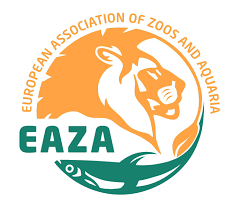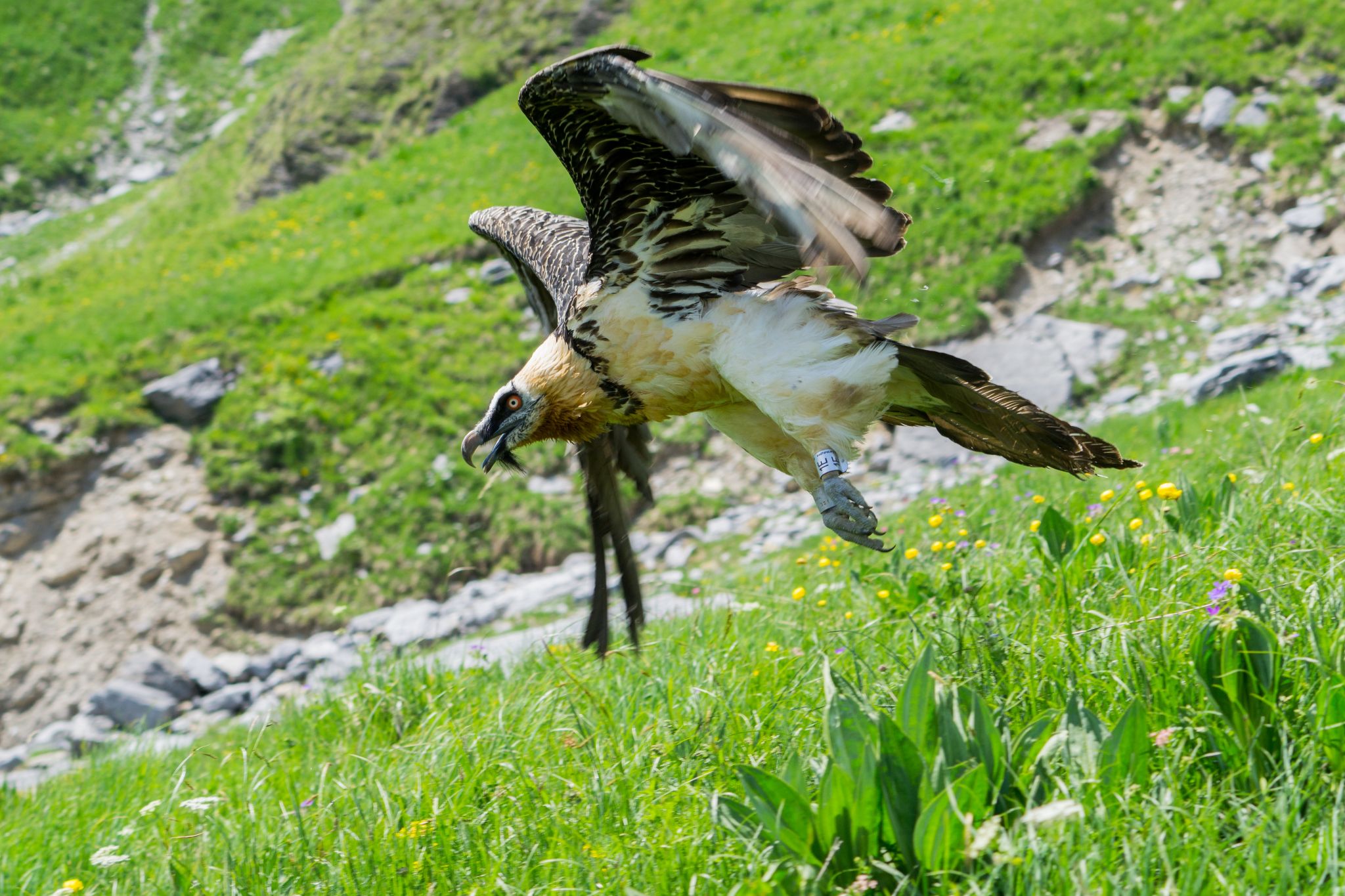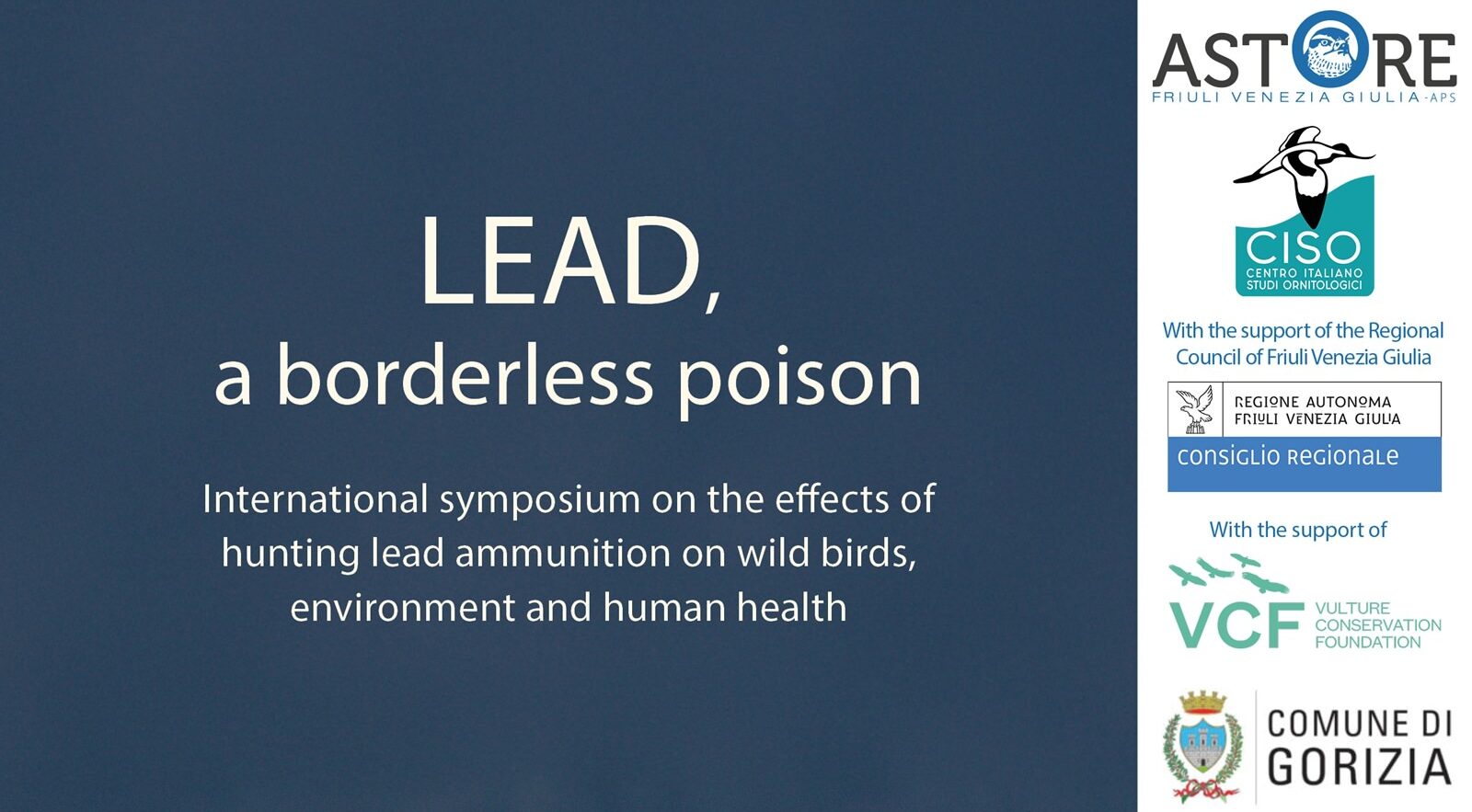Have you ever wondered how Bearded Vultures (Gypaetus barbatus) fit long bones inside their bodies? Thanks to a recent X-ray, we can now see it!
At the Vallcalent Bearded Vulture Breeding Unit, our team recently captured something extraordinary — an X-ray showing a whole rabbit leg inside a Bearded Vulture’s stomach.
The bird, a young female named Gypaillete (BG1194), was being examined by vet Judit Navarro and the whole team got a surprise from an X-ray: the perfectly visible outline of an entire rabbit leg, toes and all, inside her stomach.
And there’s an amusing twist — Gypaillete actually stole the bone from her mate, Marco, who had already eaten the meat. Marco wasn’t too pleased about the theft, but there wasn’t much he could do — after all, females rule in the Bearded Vulture world!

The only bird that eats bones whole
Bearded Vultures are the only animals in the world that can swallow and digest large bones, easily 20 centimetres long and bigger. Their stomach acids are incredibly strong — much more acidic than in other birds of prey — and their digestive system is so elastic that it can accommodate surprisingly large pieces.
In the wild, they often drop bones onto rocks to break them into smaller pieces, but in captivity, where aviaries are smaller, this could be dangerous. Instead, keepers help by smashing long bones before feeding. Even so, many vultures — like Gypaillete — still manage to swallow impressive pieces whole! We know from camera footage that Gypaillete ate the leg two hours before the X-ray.
See the video of Gypaillete first stealing the bone from Marco and then swallowing it!
A curious find with a positive outcome
While the X-ray was primarily taken to investigate Gypaillete’s limp, it also confirmed that her hips and legs as well as lungs were clear — an important check, since aspergillosis, a fungal infection, can affect captive birds. Her injury turned out to be a small puncture wound that had become infected and swollen.

© Carmen Calero/ Vallcalent Specialised Breeding Unit
After receiving anti-inflammatory and antibiotic treatment and being carefully bandaged, she is now recovering well. The Vallcalent team will continue to monitor her closely until she makes a full recovery.
Perhaps a new pair in the making : Gypaillete and Marco
Gypaillete hatched at ASTERS’ breeding centre in 2023 and was transferred to Vallcalent later that year. Her companion, Marco, also hatched in 2023 at Tallinn Zoo — both important centres within the Bearded Vulture EEP network. The two are still too young to show breeding behaviour, but they may form an important pair for the programme in the future.
Vallcalent Specialized Breeding Unit
The Centro de Fauna Salvaje Vallcalent houses the Vallcalent Bearded Vulture Breeding Unit, operating since 2005 through a partnership between the Vulture Conservation Foundation (VCF) and the Catalan Government. Home to 32 (+3 chicks at this moment) birds, Vallcalent plays a vital role in producing genetically important chicks, rehabilitating injured vultures, and providing foster care for birds that cannot breed naturally.







